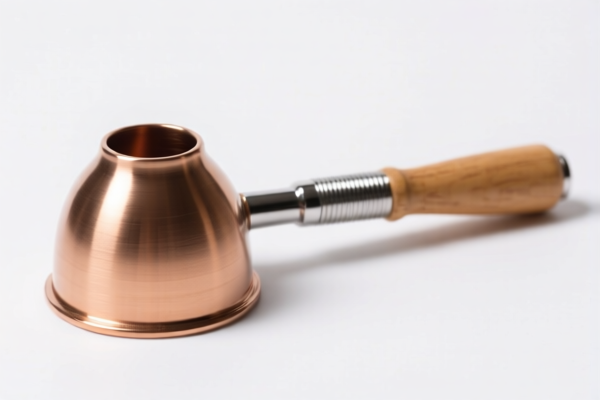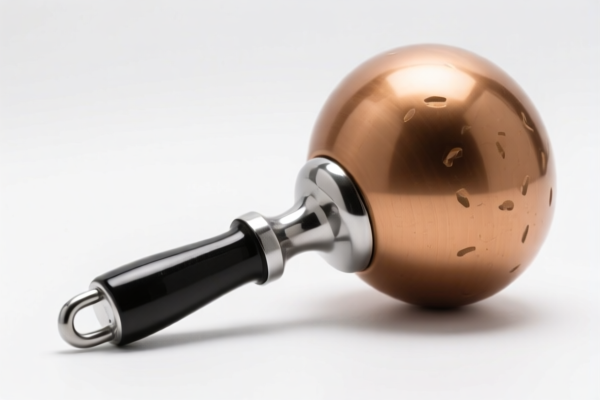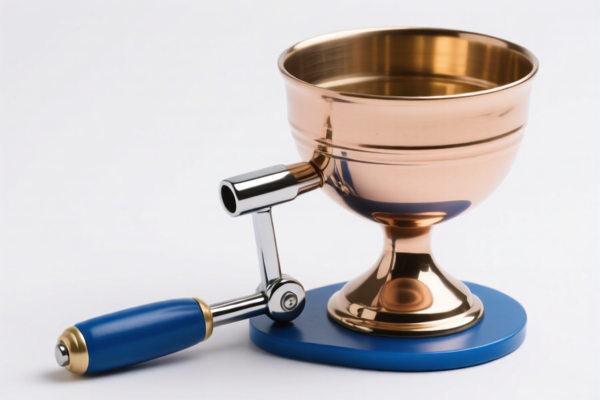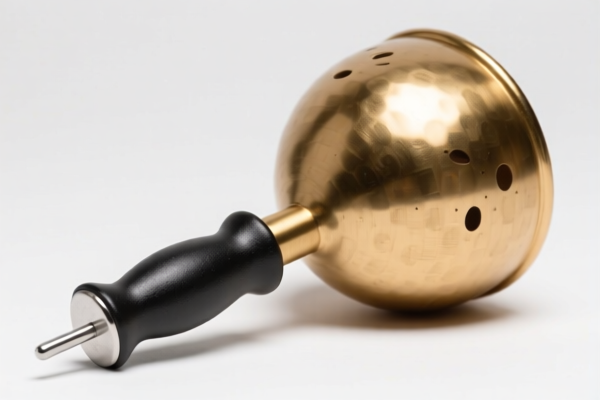| HS Code | Official Doc | Tariff Rate | Origin | Destination | Effective Date |
|---|---|---|---|---|---|
| 8422309170 | Doc | 55.0% | CN | US | 2025-05-12 |
| 8422309186 | Doc | 55.0% | CN | US | 2025-05-12 |
| 8479899560 | Doc | 32.5% | CN | US | 2025-05-12 |
| 8479899560 | Doc | 32.5% | CN | US | 2025-05-12 |
| 9031808085 | Doc | 30.0% | CN | US | 2025-05-12 |
| 9031804000 | Doc | 55.0% | CN | US | 2025-05-12 |




Capping Machine
A capping machine is a mechanical system used to apply closures to containers. These machines are utilized across a broad spectrum of industries to automate the process of sealing bottles, jars, cans, tubes, and other receptacles.
Materials
Capping machines are typically constructed from stainless steel, aluminum, and various polymers. Stainless steel provides durability, corrosion resistance, and hygiene, critical for food, beverage, pharmaceutical, and chemical applications. Aluminum is used for lighter components and structural parts. Polymers are employed for grips, seals, and other components requiring flexibility or specific frictional properties.
Purpose
The primary purpose of a capping machine is to consistently and securely seal containers, ensuring product integrity, preventing contamination, and extending shelf life. Automation reduces labor costs, increases production speed, and minimizes the risk of human error associated with manual capping.
Function
Capping machines function by gripping a closure (cap, lid, stopper, etc.) and applying it to a container. The specific mechanism varies depending on the type of closure and container material. Common functions include:
- Cap Feeding: Automatically delivering caps from a bulk supply.
- Cap Placement: Accurately positioning the cap onto the container opening.
- Torque Control: Applying a precise amount of force to tighten the cap, preventing over-tightening or under-tightening.
- Cap Chasing: Ensuring the cap is fully seated and aligned on the container thread.
- Cap Inspection: Some advanced machines include sensors to verify proper cap application and detect defects.
Usage Scenarios
Capping machines are employed in diverse industries, including:
- Food and Beverage: Bottling lines for water, juice, soda, beer, wine, sauces, and other liquids.
- Pharmaceutical: Sealing vials, bottles, and jars containing medications and health products.
- Cosmetics: Applying caps to bottles and jars of lotions, creams, perfumes, and other beauty products.
- Chemicals: Sealing containers of cleaning agents, solvents, and industrial chemicals.
- Automotive: Applying caps to bottles of motor oil, antifreeze, and other fluids.
Common Types
Several types of capping machines cater to specific needs and production volumes:
- Spindle Cappers: The most common type, utilizing a rotating spindle to screw caps onto containers. Suitable for a wide range of cap types and container sizes.
- Chuck Cappers: Employ a chuck (grip) that tightly holds the cap while rotating it onto the container. Ideal for caps with tight tolerances.
- Snap Cappers: Press caps onto containers using a mechanical head. Used for snap-on closures, often found in cosmetics and personal care products.
- Knurled Wheel Cappers: Utilize a knurled wheel to press caps onto containers, suitable for press-fit closures.
- Rivet Cappers: Apply closures using a riveting process, commonly used for aerosol cans and tubes.
- Linear Cappers: Designed for low to medium volume production, often used for specialty products.
- Rotary Cappers: High-speed machines used for large-volume production lines.
- Benchtop Cappers: Compact, manually operated machines for small-scale applications.
The declared goods are capping machines, which are machinery used to close or seal bottles, cans, or similar containers.
The following HS codes are relevant based on the provided information:
- 8422309170: This HS code falls under Chapter 84 ("Nuclear reactors, boilers, machinery and mechanical appliances; parts thereof"). Specifically, it covers machinery for filling, closing, sealing or labeling bottles, cans, boxes, bags or other containers; machinery for capsuling bottles, jars, tubes and similar containers; machinery for aerating beverages; parts thereof. The subheading 8422309170 specifically refers to machinery for filling, closing, sealing, capsuling or labeling bottles, cans or similar containers. The current tax rate is a base tariff of 0.0%, an additional tariff of 25.0%, increasing to 30.0% after April 2, 2025, resulting in a total tariff of 55.0%.
- 8422309186: This HS code also falls under Chapter 84. It covers machinery for filling, closing, sealing or labeling bottles, cans, boxes, bags or other containers; machinery for capsuling bottles, jars, tubes and similar containers; machinery for aerating beverages; parts thereof. The subheading 8422309186 specifically refers to machinery for filling, closing, sealing, capsuling or labeling boxes, bags or similar containers, including machines for opening, filling and closing boxes. The current tax rate is a base tariff of 0.0%, an additional tariff of 25.0%, increasing to 30.0% after April 2, 2025, resulting in a total tariff of 55.0%.
It is important to note that both HS codes 8422309170 and 8422309186 have a total tariff of 55.0% currently, increasing to 55.0% after April 2, 2025. The specific HS code to use will depend on the type of container the capping machine is designed for (bottles/cans vs. boxes/bags).
Customer Reviews
No reviews yet.